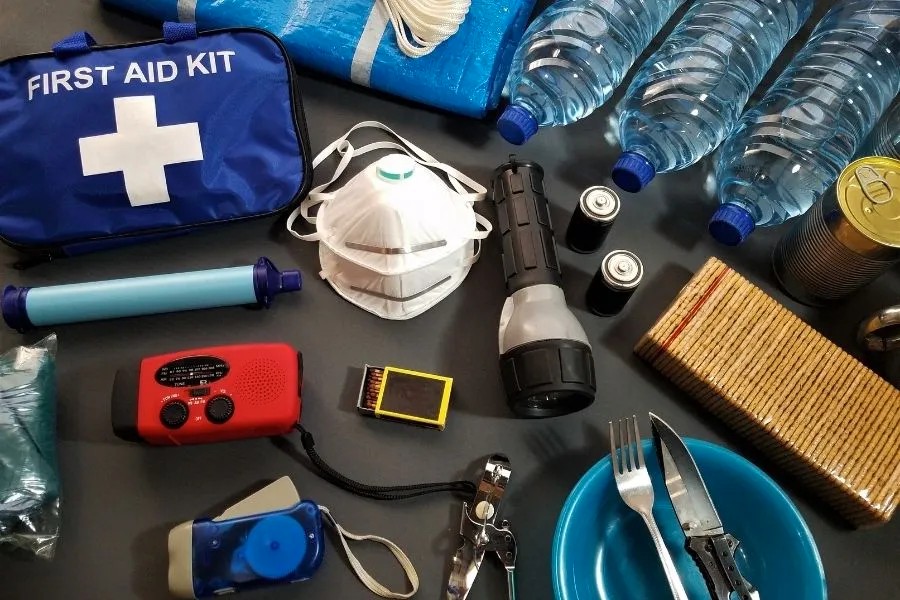Have you taken any safety measures in light of the approaching earthquake? When will there be another flood? Wildfire? Hurricane? Do you and your family have quick access to supplies like food, water, and medical equipment in the event that you and your family need to evacuate?
Just 34% of US families, according to the American Institute of Certified Public Accountants, have an emergency supply kit. Building an emergency supply pack is an essential component of being prepared for any situation, along with creating a plan for communicating during a crisis.
A survival pack doesn’t have to be expensive or time-consuming to put together. Find out why having a survival kit is essential and what should be in one.
The Value of Putting Together an Emergency Pack
Any emergency preparedness checklist should place creating and maintaining a survival pack at the top of the list.
How well do you think Americans prepare for disasters?
The National Household Survey (NHS), a yearly survey of every American family, is conducted by the Federal Disaster Management Agency (FEMA) to determine how prepared American households are for future disasters. Go for the best emergency kits there.
Ancient Emergency Preparedness Techniques
Every home should implement the six “preparedness measures” recommended by the Federal Emergency Management Agency (FEMA) in order to be prepared for a disaster.
Stock up on essentials for survival
- Investigate various preparation techniques and discuss the subject with others.
- Have a backup strategy ready.
- Attend a nearby emergency preparedness drill.
- Participate in a mock drill to get ready for a disaster.
According to a poll taken in 2020, 68% of Americans, up from 62% in 2019, completed three or more of these six preventative measures. The following measures were most frequently taken by Americans in 2020:
Which is preferable: an emergency fund or a savings account?
FEMA is also researching the topic of financial resilience. In spite of the fact that 68% of the 5,000 respondents to the poll had done so, one-third of Americans do not have any emergency savings.
In the event of a significant loss or financial catastrophe, having an emergency fund may provide you with piece of mind. Try to have three to six months’ worth of living costs in savings.
A simple distinction between an emergency fund and a rainy day fund is that the latter is used to pay for very little yet unforeseen expenses. You may use the money in a rainy-day account to fix a busted motor part or replace a broken window. The emergency fund for a household should be sufficient to meet all of its needs for at least a few months.
Keep an eye on the benefits
According to FEMA, over half of all Americans had the following strategies in place in case of emergencies: Only 51% of individuals surveyed said they were prepared for 2020, despite there being a 51% increase from 2013. This modest development shows that the rate of improvement in readiness has stabilised.

